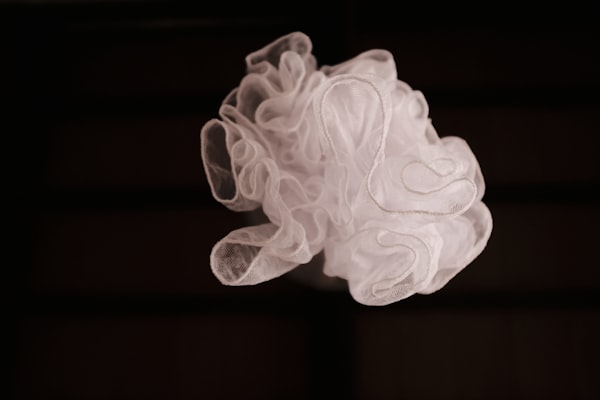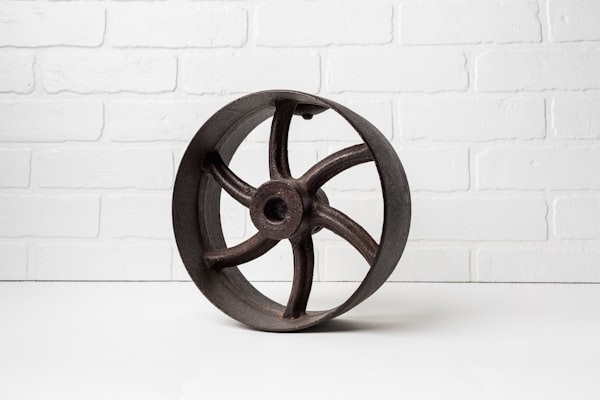John Gottman began his research in 1986 when he set up the “Love Lab”. There, he invited couples in and hooked them up to electrodes whilst asking them a series of questions whilst they were sitting next to each other.
After questioning, he secretly labelled them masters or disasters. Gottman found that the masters were still happily together after six years. The disasters had either broken up or were very unhappy in the same relationship.
When the data was analysed, it was clear: physiology.
Those couples that stayed together, the masters, were relaxed around each other. Their cortisol levels when interacting were low, which translated into feelings of connectedness, comfort and trust; the foundation of their relationship. The study found that even when these couples were arguing, they showed warm and affectionate behaviour.
The disasters told a different story. Their electrodes’ data showed that even though they might look composed, that they were regularly in fight or flight mode. They felt on edge. They, perhaps subconsciously, felt they would be attacked at any moment and they attacked in return. They could not relax around each other because they might suddenly have to defend themselves or think quickly for an answer.
This meant their cortisol levels and resting heart rates were elevated throughout the day.
The secret to long and happy relationships is the same at work and home. Cortisol levels and resting heart rate when spending time in each other’s company is the difference between relationships that thrive and those that don’t survive.
Insights originally included in: The surprising sign of a successful working relationship









